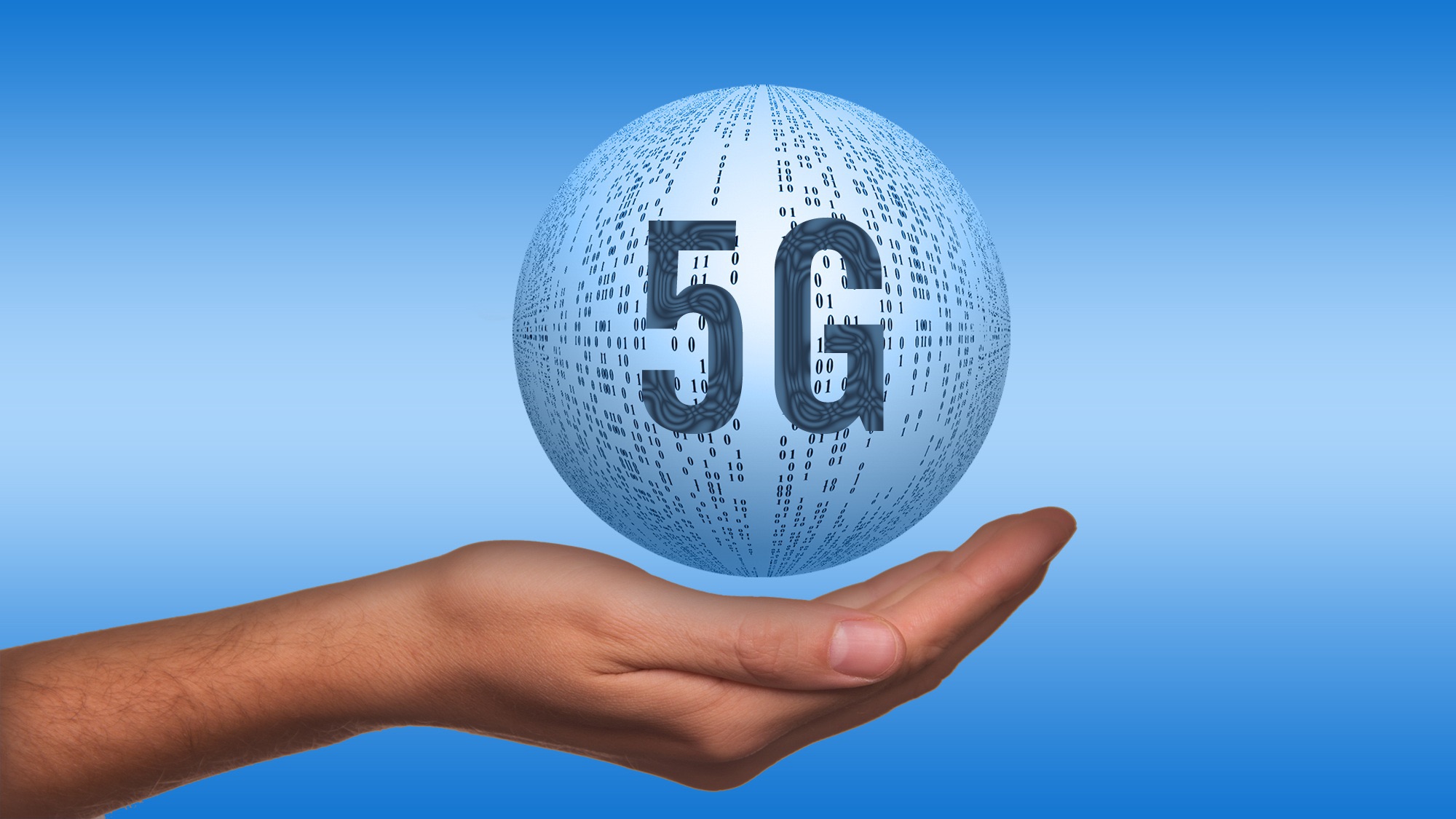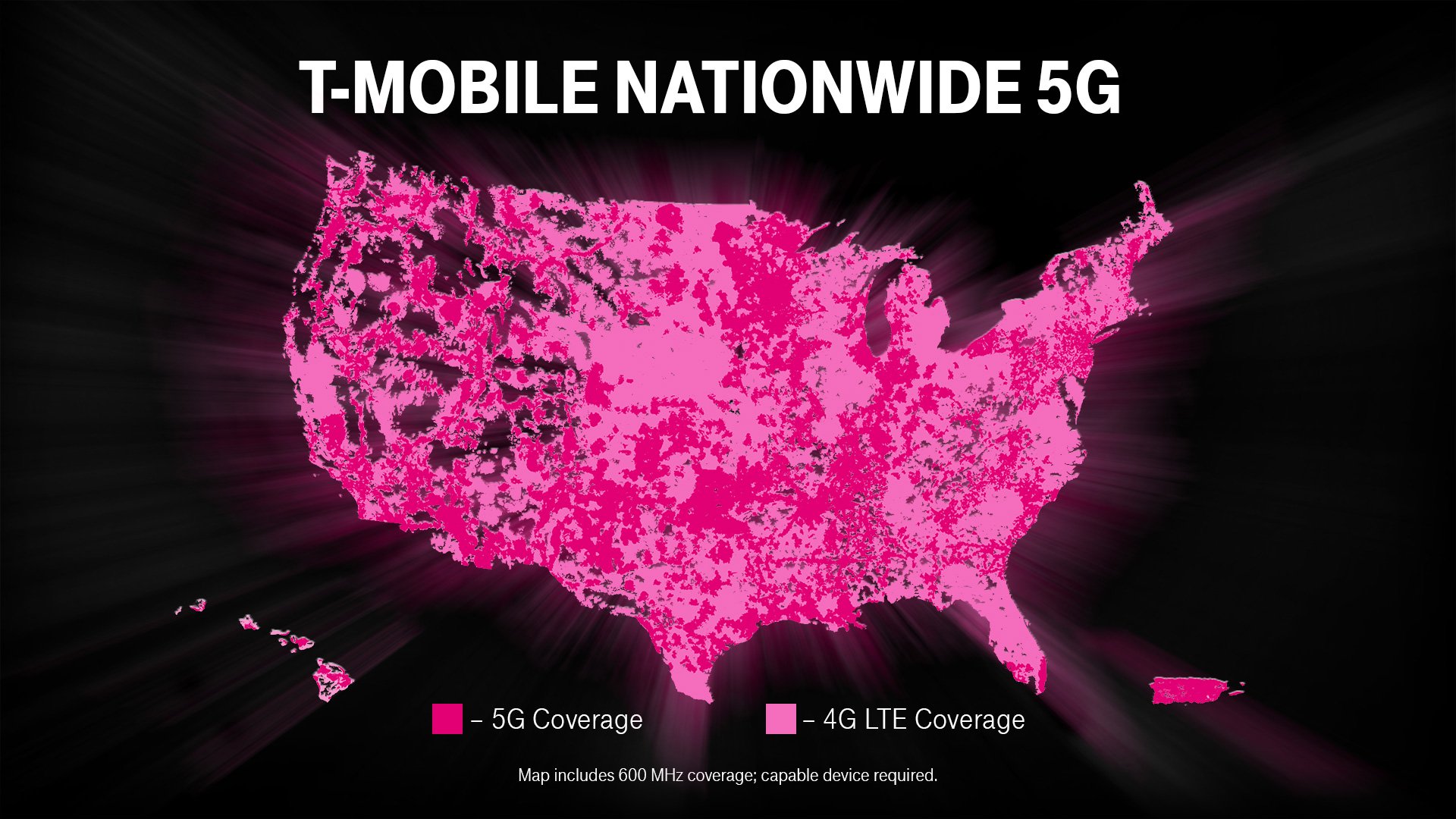
According to Susquehanna analysts, first 5G iPhones that will take advantage of faster mmWave technology may be delayed until December 2020 or January 2021.
According to their note to investors Monday, seen by CNBC, Apple’s first 5G-enabled iPhones will arrive this September just like prior models. But customers looking for an iPhone with support for the faster 5G technology, called mmWave, might need to wait a few months. The delay in the launch reportedly stems from Apple’s decision to in-source Antenna-in-Package (AiP) modules instead of purchasing from a third party.
It’s likely Apple will announce all of its new iPhones at the same time during an event in September as it traditionally does, but the iPhones with 5G mmWave support may just launch a couple of months later. Apple did this when it announced the iPhone 8 and iPhone X in September 2017 and released the iPhone X in November.
Susquehanna added that the slower 5G iPhones will feature LCD screens while those incorporating support for mmWave technology will be OLED-based.
This means the successor to the iPhone 11 may only support slower but more widespread 5G networks while the more premium successors to the iPhone 11 Pro and iPhone 11 Pro Max will also support faster but less widespread mmWave networks.
In the push towards 5G technology, Apple’s current iPhone 11 models have adopted a Modified PI (MPI) technology that has replaced the previous Liquid Crystal Polymer (LCP) solution.
2020 iPhone prototypes include wider antenna lines (>1mm) for 5G ⚡️
Instead of plastic lines it will use a new material (glass, ceramic or sapphire) pic.twitter.com/69z02kSTa8
— Ben Geskin 📸📱👨💻 (@BenGeskin) October 22, 2019
5G iPhones are expected to use Qualcomm’s most advanced 5G chips and could have wider antenna bands. Reliable Apple analyst Ming-Chi Kuo of TF International Securities recently predicted that all iPhone models released in 2020 would feature 5G connectivity.
mmWave is about ten times faster than 4G LTE.
Even though support for this technology is currently offered by wireless carriers T-Mobile, AT&T and Verizon in the United States, their implementations vary widely. As an example, T-Mobile’s recently launched nationwide 600MHz 5G network is only marginally faster than 4G LTE.

Aside from availability and coverage issues, the mmWave 5G networks are plagued with other problems. As an example, these networks currently cannot penetrate walls and buildings unless the user happens to be standing very close to a cell tower that offers mmWave support.
Susquehanna said the slower 5G iPhones will have LCD screens while the mmWave iPhones will have better OLED screens, like the screens in today’s iPhone 11 Pro. This means the successor to the iPhone 11 may only support slower but more widespread 5G networks while the more premium successors to the iPhone 11 Pro and iPhone 11 Pro Max will also support faster but less widespread mmWave networks.
While the current choices in terms of phones that support all of the 5G technologies and mmWave are currently limited, Samsung’s upcoming Galaxy S11 (expected to be formally unveiled at a February 11 event) may file as the first smartphone to support all of the new 5G networks.
As for Apple, an iPhone featuring the company’s in-house designed 5G modem probably won’t launch before 2022 or 2023, Fast Company learned last October.
Is 5G going to be a major deciding factor in purchasing your next smartphone, do you think? If so, should Apple be concerned that Samsung could have a leg up on it for almost a year.
If you ask me, I’m not worried because 5G will take some time to gain widespread coverage. Besides, Apple also wasn’t the first 3G smartphone. The original 2007 model was limited to the sluggish 2G EDGE networks and 3G support didn’t arrive until the following year.